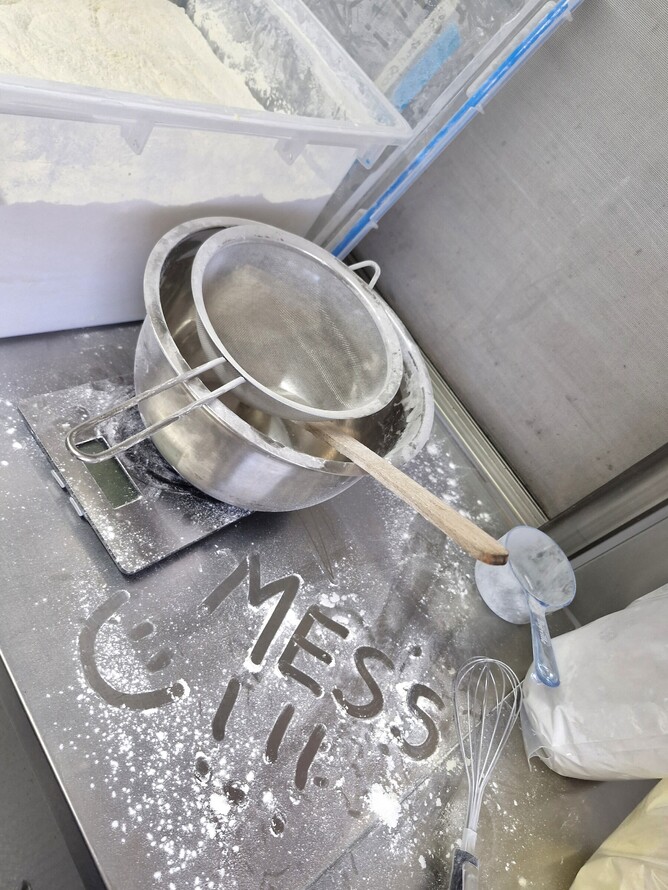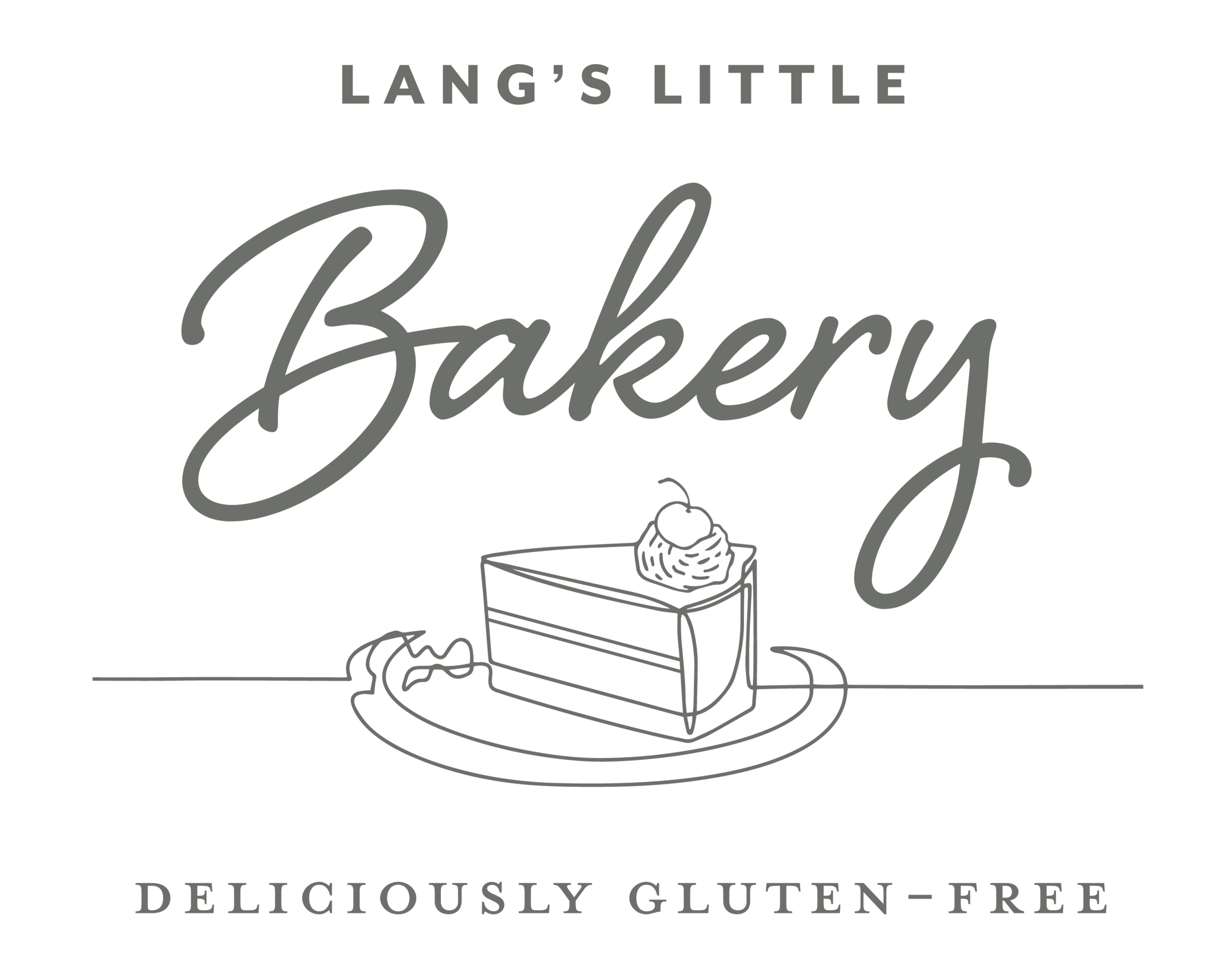Mixing our own gluten-free flour is messy business but worth it!
Gluten-free flour is a bit of a science in itself. There is no one single type of flour that can be used for baking (such as plain wheat flour in the gluten world). Different flours have different properties - you have your starches, your protein-rich flours, and then there are different moisture-absorbing properties, too, which obviously plays into your baking as well. There's a reason why a lot of gluten-free baking is dry. So, to achieve reasonable results, you'll always need 3-4 different flours mixed together, along with a "binder" that mimics the gluten and adds elasticity to your bakes (usually some sort of gum and/or psyllium husk).
Also, different items require different flour combinations. You wouldn't achieve a nice cinnamon roll (which requires a yeast-y dough) or bread with the same flour combination used for cookies, cakes or cupcakes.
And while pre-mixed gluten-free flours are available for their various purposes, there are a few reasons why we decided to mix our own:
Most pre-mixed gluten-free flours have unnecessary additives, raising agents and/or preservatives added to them. These are not really needed, at least not for our purposes.
Most pre-mixed gluten-free flours already have xanthan gum or other vegetable gums added. However, the quantity of xanthan gum needed for different items varies. A tart shell needs a higher ratio of xanthan gum in its dough compared to, for example, a cupcake. By using our own (xanthan gum-free) flour mix, we have full control over the amount of xanthan gum that we add for each of our products.
Pre-mixed gluten-free flour tends to be expensive, and we try to make our products affordable. The cost of living is bad enough, let alone on a gluten-free diet.
That's why we mix our own flour blend of white rice flour, potato starch and corn meal flour. This flour works for most of our products, such as cookies, cakes and cupcakes. We then add xanthan gum as needed.
Doughs relying on yeast for rising (cinnamon rolls, bread, etc.) mostly contain a completely different set of flours, such as millet flour, tapioca starch and sorghum flour.
Our DIY approach to flour means that someone has to weigh out the flour quantities and sift and mix them thoroughly. A thin layer of flour eventually settles on absolutely every surface in the trailer. Let's just say flour mixing days are inevitably messy days in the kitchen!
Baking for you, with love...
Sabine & Co.


